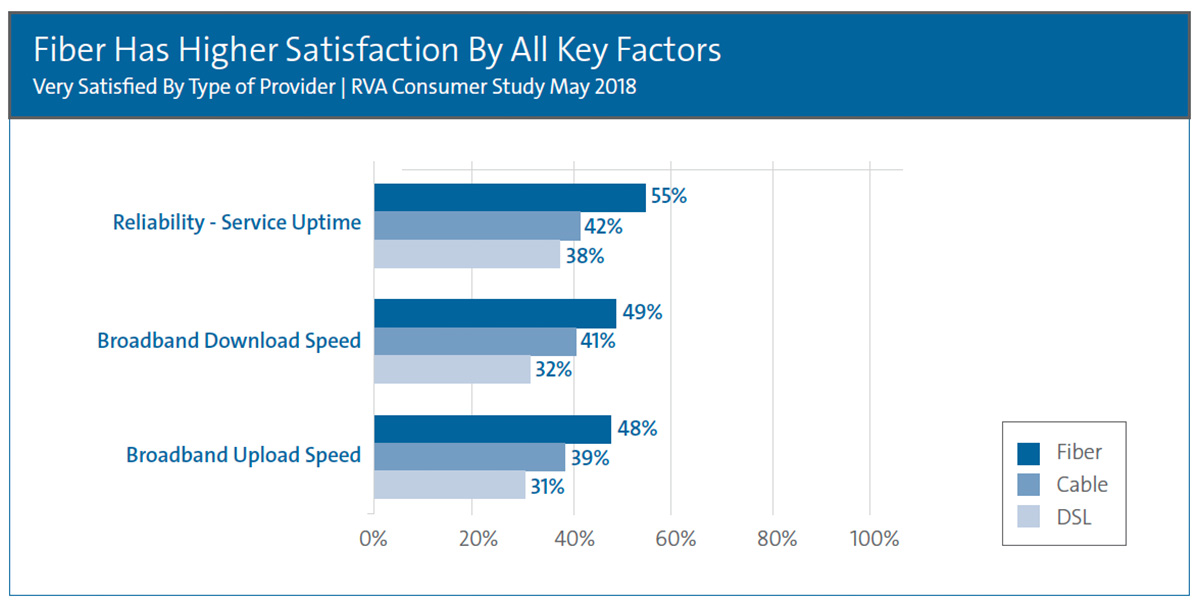All across the globe, service providers, communities, and power utilites , are building fiber-based broadband networks, laying a foundation for a better future. These stakeholders recognize that world-class communications networks built on fiber are the foundation for long-term economic prosperity. Indeed, the decisions to embrace and build these networks have far reaching implications that shouldn’t be understated. They are monumental investment decisions that can help determine the future of a community and you may only get one chance to get it right.
For some, initial analysis of these investments can result in reservations, with concerns for achieving an adequate return-on-investment. It’s an understandable response, given the nature of these investments. What’s required, though, is a comprehensive analysis of not only the costs required to build these world-class networks, but the total benefits these networks can bring to bear for a service provider and a community. The totality of installing new fiber optic cables (or rewiring) a community for its future must be taken into consideration.
This comprehensive analysis should bear in mind that fiberbased broadband networks are laying the foundation for the next 50+ years. All too often, capital expenditures required to build the network are the primary focus, with little attention paid to the implications and benefits that begin to accrue on ‘Day 2,’ once the network is operational. Indeed, Day 2 and what happens after it are critical components of the equation that are all too often overlooked and not factored into the initial evaluation. Operational considerations to include in the evaluation process include customer experience, network flexibility ,network management , end-customer demands, and extreme weather, among others.



